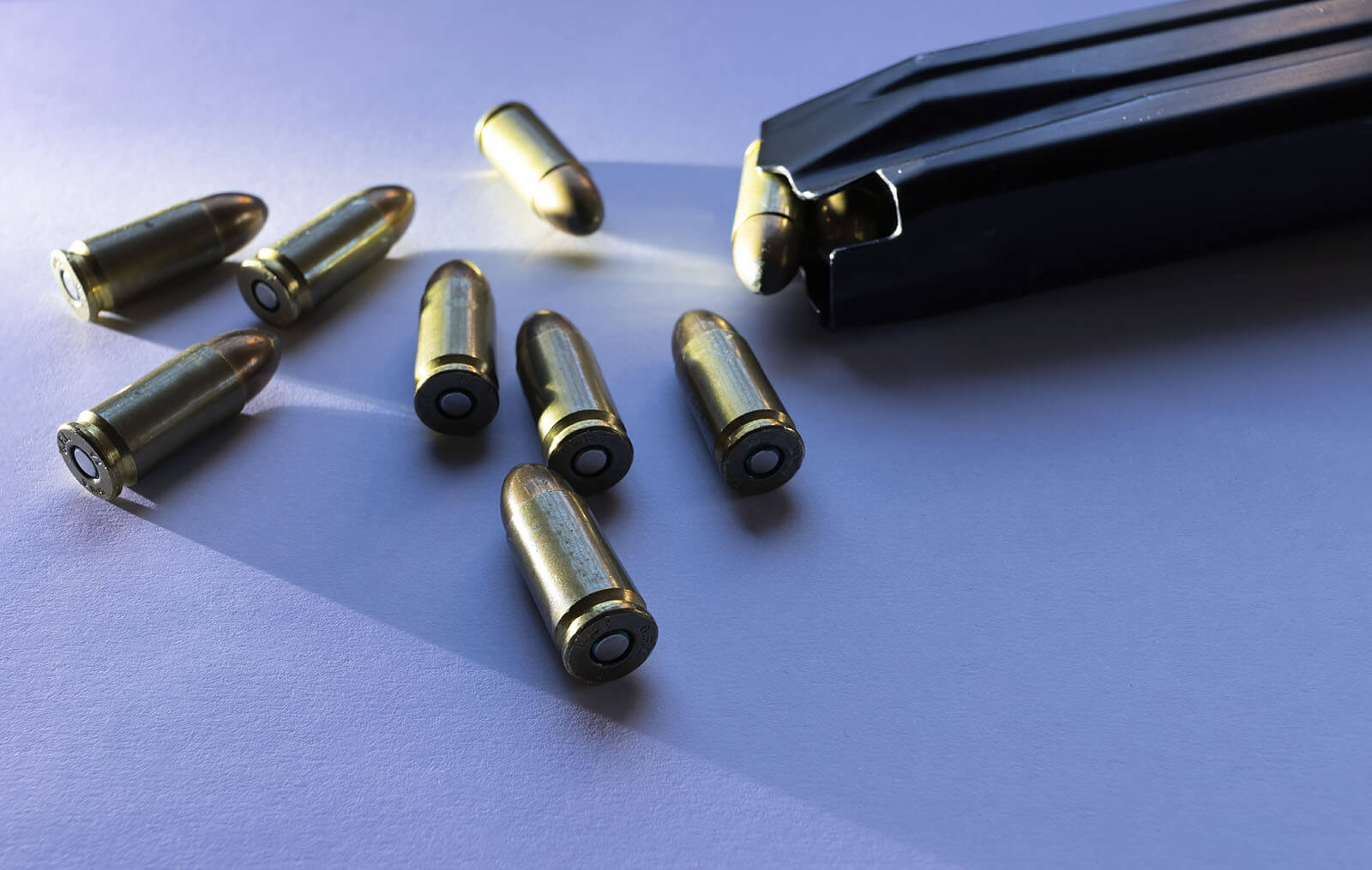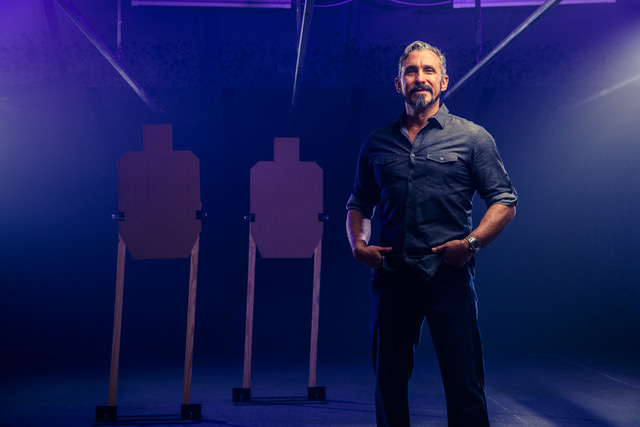There are many debates in this world. Whether it be cars, sports teams or barbeque grills, you will find heated debates abound. It can make for lively conversation indeed and the better conversations generally are filled not with opinions, but facts. There will be some sort of metric to help determine the “best,” in whatever is being discussed; however, best might be a stretch and facts can be corrupted or biased, but it does help make better decisions. The choice of caliber in defensive gun use is equally heated. There are several other calibers that make for good choices, but the winner is the 9mm, hands down.
After centuries of use across several continents, the 9mm does it better, which is why I’ve included the history and popularity of the 9mm, as well as outlined the five reasons why it is the best choice based on availability, penetration, expansion, controllability and capacity.
9mm History and Success
The training environment is an excellent place to see a wide variety of defensive options. Many will purchase their first firearm and realize they don’t know much about shooting, resulting in pursuing education and training to develop their shooting skills. Others realize the importance of shooting skills and regularly attend training from nationally recognized instructors, regardless of the scenario, it makes for interesting observations. If I were to ignore or forget the 9mm’s performance and just look at popularity, it would be still the winner. Without a doubt, it is the most popular round in training and education courses across the country. While not entirely scientific, it does speak volumes about consumer sales. Buying trends can provide interesting feedback, if for no other reason than which product has the better marketing.
The 9mm or it’s official title, 9x19mm Parabellum or 9mm Luger. is named after the inventor Georg Luger back in 1901. That’s right, this cartridge has been around in its current form for over 100 years. Not only does it have a firm grasp on the pistol cartridge world, but it dominates in the submachine gun world as well. It is no wonder it is the most produced cartridge having been around for so long. You saw widespread acceptance as a replacement to the popular revolver calibers widely used within domestic law enforcement. During the “Wonder Nine” years, domestic law enforcement issued 9mm chambered, semi-automatic pistols by the thousands. As with anything, there are marks of controversy and during some high-profile violent gunfights, it was presumed a different cartridge was needed to stop violent criminal actors more reliably. Thus began the short departure from the tried-and-true round to the modern cartridges such as the 10mm and 40cal S&W. The unintended consequences of fielding larger calibers with reduced capacity and increased recoil resulted in lower marksmanship scores. Without hitting the target, it is impossible to see any type of terminal ballistic performance, so in the end, the departure didn’t produce the intended results. As we witnessed the recent return to the venerable 9mm cartridge by domestic law enforcement, we have come full circle.
The popularity outside of law enforcement for the armed citizen has a similar history. There was the ebb and flow as private citizens adjusted to new technology. The introduction of the semi-automatic pistol with its greater magazine capacity and faster reloads would replace revolvers. Quickly realizing the benefits of a higher capacity, and if necessary, a quicker reload, people across the globe embraced what law enforcement had figured out—the 9x19mm Parabellum was here to stay. Walk into any gun store across America and you will of course see other calibers, but it is undeniable the 9mm’s popularity. Why has it become so popular?
Availability
One of the reasons for its popularity—its availability. With demand so high from military and law enforcement, the cartridge is widely available. When something is in high demand it generally means it is easily available. Niche calibers can be difficult to come by or more expensive at a minimum. Conversely, the popularity of 9mm makes it super easy to procure. An important consideration that goes along with availability is cost. As a result of the 9mm’s widespread popularity and availability, costs are typically lower. The lower price increases popularity, which further pushes sales, which further pushes demand, and the cycle continues. When times are tough, availability is critical. We all witnessed this firsthand during the recent pandemic. If you cannot obtain ammunition needed to protect your family or to practice your marksmanship skills, it makes little difference. Hitting the target is only part of the equation—what happens next helps separate the 9mm from others.
Penetration
For the longest time it was a mystery how bullets really worked. Perpetuated by Hollywood and television, it wasn’t until the 70’s that bullet making became its own science. Despite all the work at developing better bullets, the core tenet for all manufacturers was making a bullet that would penetrate deep enough to disrupt or destroy the body’s vital life processes. Not only was the bullet supposed to penetrate most clothing, but many other types of intermediate barriers, which varied from heavy clothing to auto-safety glass, to sheet metal, to even wood. These represent the extreme scenarios and the upper most performance limits you would like in your ammunition selection. And it doesn’t mean you will find one round that does it all, but the 9mm does perform more consistently over these various mediums. At a minimum, you want your defensive ammunition selection to penetrate to at least 12 inches in bare gelatin and gelatin covered in heavy denim, which represents the most likely scenario for the average armed citizen. Once it penetrates to the minimum depth, we can focus on expansion.
Expansion
One of the major arguments for other larger calibers has to do with expansion. Since expansion can be a wild card at times, the theory was my bullet may not expand, but it won’t shrink. The point being the larger bullet, if no expansion occurs, will still do more damage. As science and technology advanced around bullet technology, bullet expansion became more and more consistent. Ideally, you want a bullet that will expand to one and a half times its original diameter. The 9mm has a proven record of reliable expansion through the most likely mediums an armed citizen can expect. Hitting the target allows the bullet to do its job, but some calibers are easier to shoot than others.
Controllability
Penetration and expansion are largely controlled by a couple of factors, the biggest being velocity. The higher velocity rounds tend to have snappier recoil affecting the average person’s controllability. There is no definitive guidance as to how many rounds are needed to stop an attack. If the situation calls for multiple rounds to be fired, the controllability of the caliber comes into the equation. Felt recoil not only can be a detriment to learning, but it can also cause other issues, such as slower split times between shots fired. Your “splits” are an indication of your shooting capability when it comes to speed. There are two criterion for judging shooting skills, accuracy and speed. If the recoil generated by the larger calibers affects your ability to quickly fire follow-up shots, it ranks lower overall. The 9mm produces lower felt recoil or improved controllability, helping to shoot better. Under stress it is not unlikely you might miss or need to fire more rounds to stop the fight, so more bullets is good.
Capacity
All this to say the biggest factor separating the 9mm from other calibers is capacity. If all things are equal when it comes to penetration, expansion and controllability, the deciding vote is how many rounds can you carry. While there might be a small advantage in one of the above-mentioned variables, when it comes to capacity, the 9mm is king. No other caliber can achieve the same terminal performance in conjunction with high magazine capacity. You take a full-size duty pistol, which typically has eight rounds of 45ACP or 15 rounds of 40cal S&W and stack it against the same size platform in 9mm and you are now looking at 17 rounds, on average. There are others with greater capacity, but 17 is a decent average. Of course, not everyone is able to conceal carry a full-size duty pistol, so it is interesting to see results when we get down to the subcompact or even micro compact pistols. These smaller pistols have become incredibly popular for today’s concealed carriers. And for good reason, they really are not giving up much.
The fact is most sub-compacts in other larger calibers are difficult to shoot well due to their increased felt recoil or controllability. When you start to shrink the overall footprint, it becomes difficult to see the same level playing field reference to terminal performance. Yet, the 9mm continues to dominate in this field. While the micro compact pistols may be more challenging to shoot than their full-size brethren, it can be done.
In Summary
With minimal training compared to other calibers, an average shooter can see big gains when it comes to accuracy and speed, comparatively. Once you start to realize the dynamics of a defensive gun use, you realize you may not be performing at your best. You might see your accuracy suffer due to stress, which means hitting in the peripheral or worse, a complete miss. Then there is the real scenario of dealing with multiple-shoot threats to stop the attack. Having at least 10 rounds that we see typically in a micro compact pistol, means you have a decent loadout to deal with the scenario and why the 9mm is the best caliber for your defensive needs.


